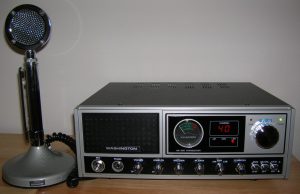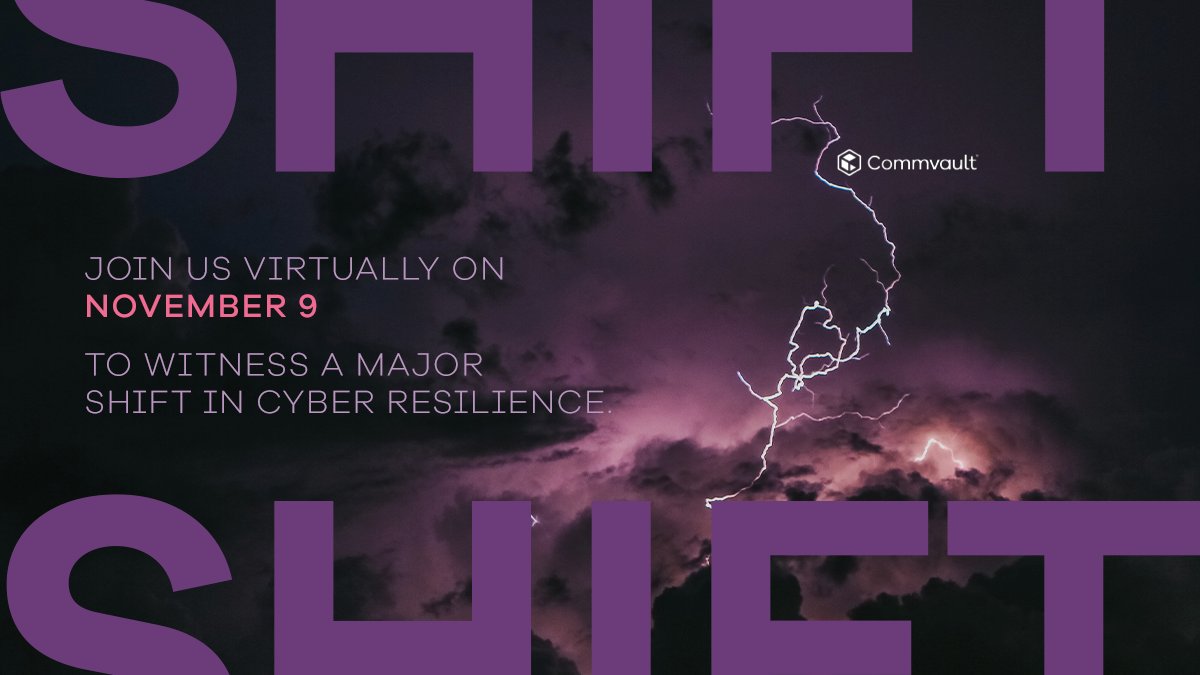The worlds of wireless engineers and cellular carrier engineers are similar ships in the night. The world of 3G and LTE are radically different from the world of 802.11-based equipment. One is a licensed spectrum with specific rules and government regulations. The other is unlicensed across several spectrum bands and has provided significant innovation for IT teams looking to provide coverage in a building. However, the two worlds have consistently been separated.
That may be coming to an end thanks to Citizen’s Broadband Radio Service (CBRS). Before you get CW McCall’s Convoy stuck in your head, realize that the CB here isn’t the radio set from the 1970s. Instead, this is a 150 MHz slice of spectrum in the 3.5 GHz range allocated by the FCC for communications. That’s more than the 2.4 GHz band commonly used for IoT devices today but less than the 5 GHz or upcoming 6 GHz band. However, it’s more than enough to get people started on augmenting their existing wireless coverage.

By Junglecat from Wikipedia
CBRS is a hybrid of cellular and wireless technology. The setup of the equipment looks similar to existing wireless technology. The CBRS broadcasting nodes, known as an eNode B, look and act like traditional access points (AP). From there, the data is pushed over IP to a WAN link for transport. That’s very similar to the training that most wireless engineers have already done.
However, the broadcast frequencies for CBRS are not Wi-Fi. The radio parts of the equipment don’t use the 802.11 protocols to do their work. Instead, it functions more closely to the cellular protocols that have been in use for years by mobile operators. The initial discussions around CBRS tagged it as ‘private LTE’, which is the most common initial use case being investigated. CBRS can serve as a replacement for in-building Distributed Antenna Systems (DAS), which carries existing cellular signals into areas where signals are degraded, such as hospitals. Because you can configure and operate a CBRS-based network much more quickly than a DAS deployment, you can create private LTE offerings in your buildings that give users more coverage and more productivity.
Bringing CBRS To Market with Celona
All this may sound great so far to you. I’m sure you’re now asking yourself how you can bring it to your enterprise. This isn’t something you can buy from traditional wireless networking vendors. Instead, you need to find companies that bring CBRS equipment to the market. One of those companies is Celona. We had the good fortune to hear from Celona back at Mobility Field Day 4 in 2019 when they came out of stealth mode, ready to jump into the fray when the FCC cleared CBRS for wider deployment. Celona came back during Mobility Field Day 5 and gave us an update on what they’ve been working on. Their big announcements this week were previewed at Mobility Field Day 5.
One of the things that Celona has announced that has me very excited is their MicroSlicing technology. You can find a quick overview of it here from Mehmet Yavuz:
MicroSlicing is all about the quality of your users’ experience. The APS at the edge can create classes for devices to use. Perhaps you want your video traffic to have a high class of service for security purposes. Maybe you want some automation devices to have a lower class of service to ensure your warehouses are operational. Your users get best-effort service on their mobile phones to keep the links from getting congested by people watching Netflix on their break. Celona then slices those classes on the edge to compute the bandwidth needed for each and enforces those restrictions. The visibility that Celona has from the cloud control and orchestration software means you can gather performance metrics all along the path to ensure your service-level agreements (SLAs) are met. Any adjustments needed can be made on the fly to ensure SLAs are met and users are happy.
Another thing that Celona can do? It dynamically scales the services offered to users. When the system detects that more devices are being added, they can scale up the edge nodes to ensure performance KPIs are met and recalculate data paths to balance the load. It’s an elastic solution to the issue of having several people on break at once firing up their favorite video app and consuming more bandwidth in one section of the building.
The terminology used above is very much like the existing IT networking skills that most wireless people have in their tool kit. Celona recognized this and has been working over the past year to deliver the experience that allows well-trained wireless pros to get up and running on this exciting new technology quickly. You have to catch up with the terminology and the licensing regulations for CBRS, and then you’re good to get going.
Bringing It All Together
CBRS has a lot of potential for places where existing wireless doesn’t quite work for the requirements. CBRS has better coverage, less congestion, and scales better thanks to better radio management. CBRS isn’t going to displace your existing wireless network any time soon, but it can augment what you have to help solve challenges like DAS deployments or the need to cover large areas that create Wi-Fi headaches. With the addition of CBRS support on the iPhone 11 and up, newer clients can be offloaded from your Wi-Fi and onto CBRS. If you want to make sure you’re able to get things moving quickly and efficiently to start your next CBRS project, you need to make sure you look at Celona. The team there has the pedigree to make your transition to new wireless technologies smooth and seamless.
For more information about Celona and their CBRS technologies, make sure you check out their website at http://Celona.io.




